14 tips to stay safe while hill walking in winter
Hillwalking is the movement on foot over hills and mountains. It takes place on a variety of terrain types and in a variety of environments. We've teamed up with Go Outdoors to bring you our top safety tips.
In winter, we can still head outdoors and see what nature has to offer, admiring the frosted mornings and changing leaves.
However, as the days get shorter and temperature drops, it’s very important to be safe and be seen.
We’ve put together 14 top tips for walking in winter, with help from our friends at GO Outdoors.
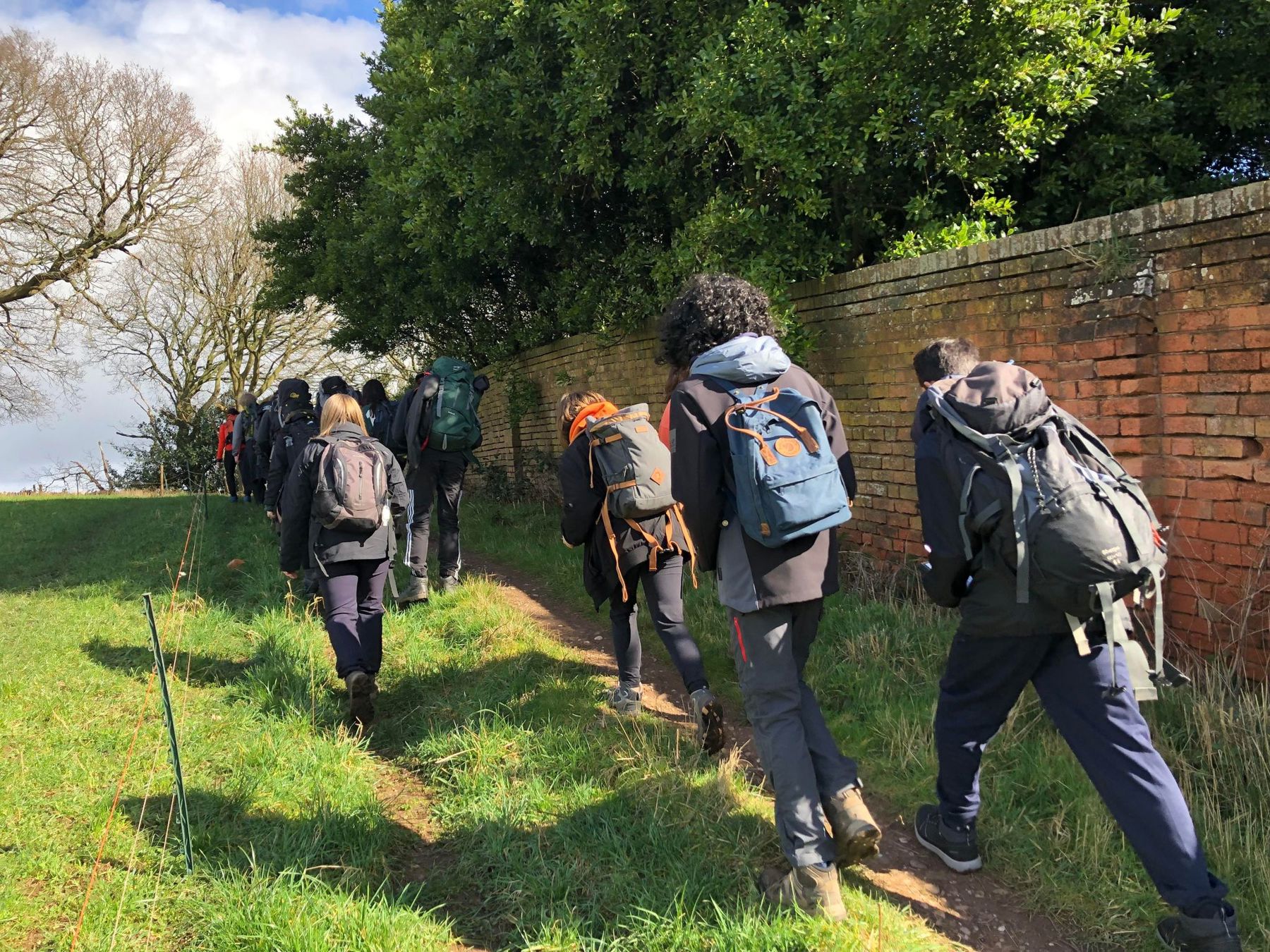
1. Have a permit and permission
Remember to always check if you need any landowner’s permission for your chosen route.
In Scouts, you may need to have a hillwalking permit in place before running a hillwalking trip. If you’re using an external provider, make sure to check external qualifications.
2. Know people’s experience, ability and limits to make it achievable
In winter, it’s often best to stick to walking routes you know or that are easier and shorter, so you’ll be home before it goes dark. When choosing a route, think about people’s age, experience and ability.
It’s important to always thoroughly research the chosen path to make sure it’s suitable and accessible to everyone. You may need to make reasonable adjustments, such as choosing a wheelchair accessible route or making it reachable on public transport.
For Scouts, especially when walking in winter, the hillwalking permit holder may want to do choose a walk they’re familiar with and confident in. This means you know where you’re going and can focus on making sure everyone’s okay.
With younger sections or inexperienced older Scouts, you should opt for a walk that’s flatter, shorter and simpler, with obvious landmarks and signposts.
The permit holder could also do the walk with a friend before the trip, so that they know the route. This can help identify any hazards that aren’t on a map, which can then be included in a risk assessment.
You may also want to:
- Buddy up experienced and inexperienced walkers
- Have different routes available for ability ranges
- Have extra supervision for inexperienced walkers, including at the back of a group. Make sure you’ll have enough adult helpers for ratios and following Scouts’ hill walking party size guidance.
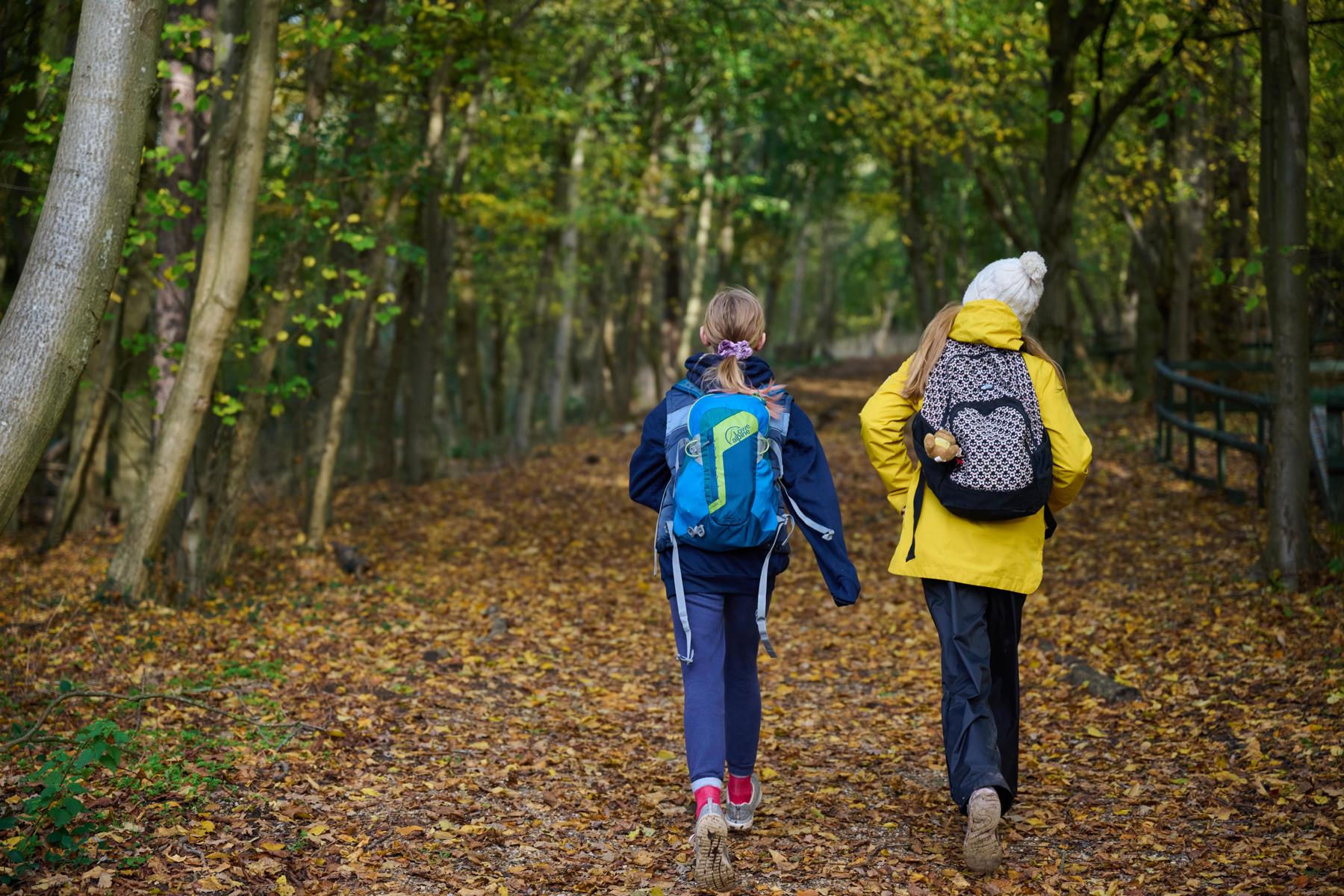
3. Follow any provided kit lists
If you’re going on a walk or hike with Scouts, you’ll be given a kit list. These are really important, as they’re written by people (such as the permit holder) who have training, expertise and hiking experience.
Each item on the kit list will have been carefully thought about and will be needed for a reason, such as warmth or visibility. If you've any questions about items, or why they’re needed, just ask the trip organiser.
The experts in your local GO Outdoors store can help advise you on the kit you’ll need, with a discount for Scout members. You can also get some good-quality equipment second-hand.
If you don’t have certain items of kit, this should never prevent you from taking part. Just let the person leading the trip know. They may be able to help you borrow the kit you need.
4. Check the weather before setting off and prepare for it to get colder the higher you go
Always check the weather using a mountain forecast, such as the Met Office Mountain Forecast. In Scouts, the walk leader should do this regularly, including before and on the day of the trip.
Remember, the weather at the top of the hill or mountain will be very different from the bottom. If you’re writing a kit list, you’ll need to take changes in weather into consideration. Carrying extra layers, waterproofs, gloves, hats or hand warmers in your rucksack can help to keep you safe.
As you get higher into the hills, the temperature can and will take a sudden drop, with more chance of winds and snow. Conditions can change quickly too. Take a look at our guidance on cold weather and staying safe in winter.
Remember, even in winter, it’s important to wear suncream. UVA, visible light, and infrared-A radiation are present even on cold and cloudy days and can damage skin.
In Scouts, you should include what to do in case of bad or changing weather, such as evacuation, on your risk assessment.
5. Wear bright colours to be visible
Outdoor clothing in grey, black or dark green often looks sleeker or cooler. However, if you needed to be rescued, earthy colours are incredibly difficult to see from a distance.
Instead, opt for a brightly coloured jacket, rucksack cover or any other highly visible clothing item that makes sure you can be clearly seen. It could just save your life!
In Scouts, you need to make sure everyone in the group can be easily seen. Some things you may want to consider are:
- having high visibility rucksack covers on a kit list
- having high visibility jackets for everyone to wear on the trip
- wearing a high visibility coat yourself, so you can be easily spotted
- having high visibility rucksack covers on all volunteer’s bags, especially those at the back of the group when walking on roads
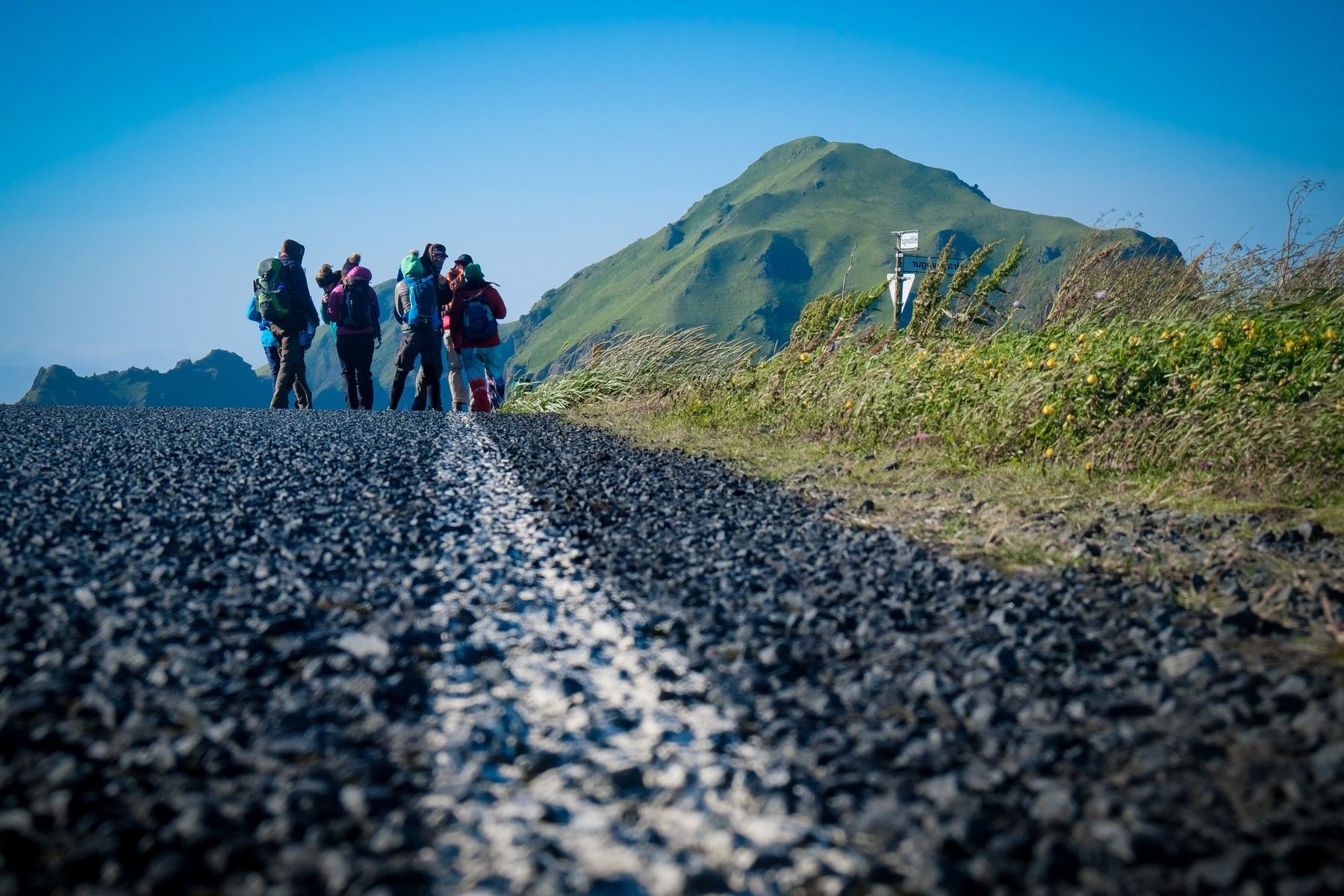
6. Clothing to keep you warm and the importance of layers
Layering up clothing can help keep you warm, dry, and comfortable when moving through varying conditions. You can add or remove layers as needed to keep you warm.
Layering your clothing is sometimes known as the ‘layering system’. It usually consists of three layers:
- Base layer: This helps regulate your body temperature and move moisture away from your skin
- Mid layer: This is used to trap the warmth your body generates. Depending on how cold the weather is, this could be a fleece, a softshell or even a down jacket.
- Outer layer: This’ll be your protective layer from the elements. For example, a waterproof jacket in the rain or a windproof, down, or insulated jacket in the cold/dry.
Take a look at GO Outdoors’ Layering System Guide for help on how to correctly use a layered clothing system.
You should carry extra layers in your rucksack for changing weather conditions. Remember to pack gloves and a hat to keep off the winter chill. You may want to take hand warmers and take extra socks, too.
7. Know your gear and its limitations
Not all outdoor gear is made for every task.
In winter, you may need:
- thicker socks
- hand warmers
- neck buffs
- thermal layers
- gloves
- hats
The experts in your local GO Outdoors store can help advise you on the gear you’ll need for your chosen activity.
Depending on where you’re going, your Scout leader may ask or advise you to take equipment for winter hikes, such as:
- snow goggles
- sunglasses
- a survival bag
- crampons
- a balaclava
- head torch (with spare batteries)
- sunscreen
- first aid kit
- a hot drink in a flask
- walking poles
You may also want to take spare kit, especially of important items, such as torches, dry socks or portable battery packs.
Remember to always clean and store equipment properly to prevent damage between trips. If it's broken, have a go at fixing any equipment before it goes in the bin.
If you want to do some serious winter walking, it’s worth researching any kit you’re thinking of buying to make sure it’s suitable for the terrain, weather and cold temperatures. Again, the experts in your local GO Outdoors store can advise you on the kit you’ll need for your chosen activity.
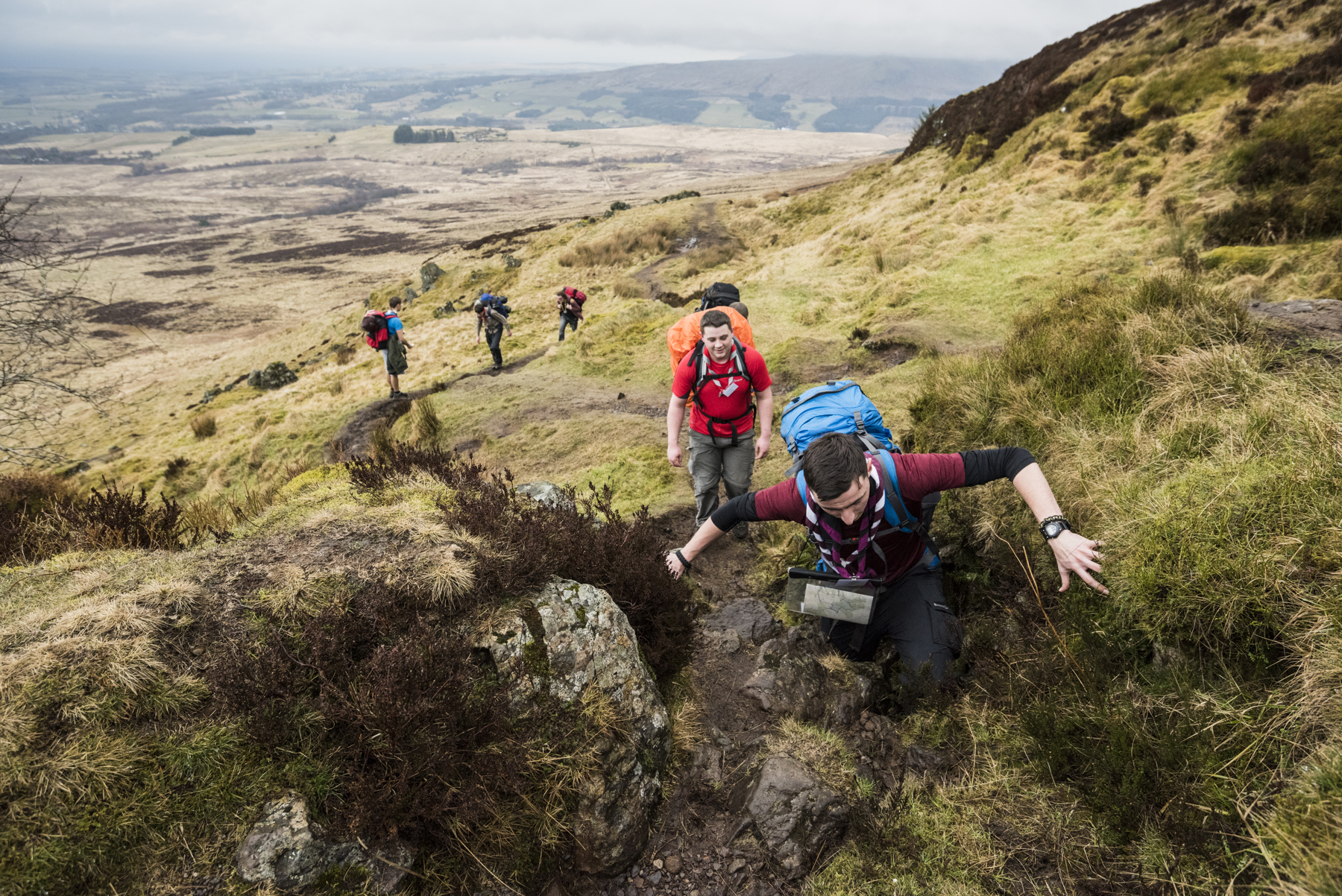
8. Start earlier in the morning to get home when it’s light
In winter, there’s often shortened daylight hours. In winter, it’s always best to set off early in the morning. The start of most walks are often well marked or worn, so it’s safer to begin your walk in the morning darkness, than finding your way back in the evening.
If you’re hillwalking as part of a Scouts activity, you may be asked to meet earlier than usual in winter and it may still be dark.
Starting earlier makes sure you’re down the hill safely before dusk. It can be very easy to lose your bearings when you’re tired and it’s starting to get dark.
9. Take a paper map and compass, then practice reading it
Navigation skills are important for any keen walker. With more people choosing to opt for handheld GPS devices, such as on a phone, it’s important to carry a paper-based back-up and compass just in case your battery dies.
You might want to take some spare change for a phone box, or take a fully charged portable charger for your devices.
Take a look at map reading basics on GO Outdoors’ blog too, which features videos created by Ordnance Survey, to brush up on your skills.
In Scouts, the permit holder will need to provide a thorough and detailed Hillwalking route plan before carrying out the walk. A copy of this must always be left with a responsible person not taking part in the activity, such as the InTouch contact. It must be shared with everyone involved in the trip, too.
10. Tell someone where you’re going and how long you expect to be
Make sure somebody responsible knows your planned route, your timings, who’s with you, your contact number and what you’re wearing.
If you don’t get back in a reasonable time, they can contact Mountain Rescue with an accurate idea of where you are, which can narrow down the search area. Getting a good idea of where you are is key to a rescue team being able to reach you in good time.
In Scouts, you should always have an InTouch process in place, which is a responsible adult not taking part in the activity and on-hand to support the group. They should have a copy of consent forms and emergency contacts, including for adults. They also should know the time and date of the trip, as well as have copies of the risk assessment and the detailed Hillwalking route plan.
As a Scout group, remember to check in with the InTouch contact both before and after the trip. You should keep them updated, letting them know of any changes, delays or members who are no longer taking part.
You could send them a photo of what people are wearing too, to help in an emergency, as long as you’ve photography permissions in place and photos are deleted after the walk as part of GDPR.
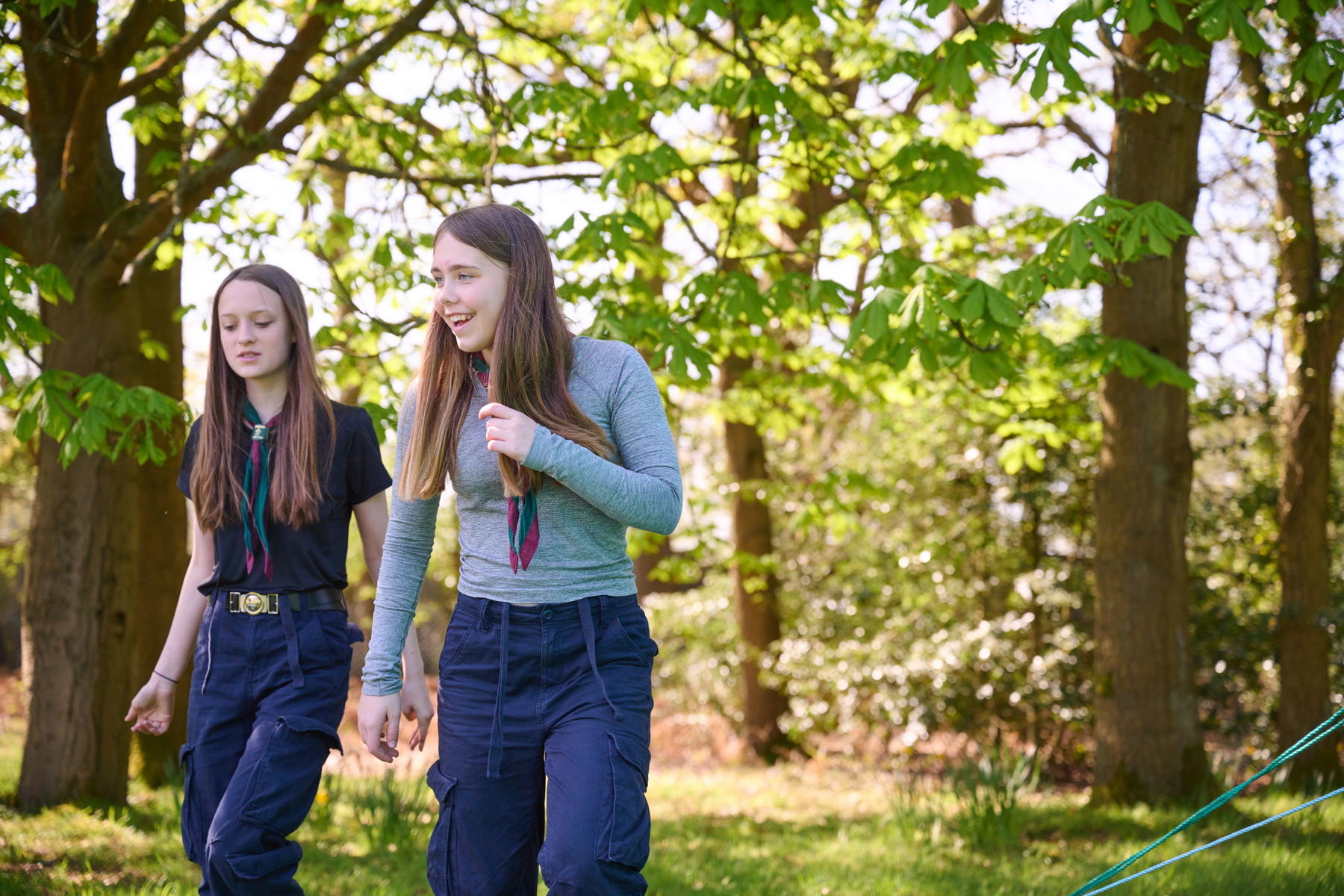
11. Stay hydrated and take emergency rations
Before hillwalking, make sure to have a good breakfast at least an hour before you leave. It’s important to stay hydrated by taking and drinking plenty of water throughout the walk too.
A flask of a hot drink, such as tea, hot chocolate or hot blackcurrant, can be useful to give you a boost or warm you up when you’re tired.
You should take emergency rations. These are separate to any lunch items and can help give you a much-needed energy boost, especially in cold weather. Some extra calories and high-carb snacks, such as raw jelly, fudge, mint cake and flapjacks, can help you get back to a good pace.
You should always plan and follow good food hygiene and safety practices. While hillwalking, this may include carrying hand sanitiser to use before eating. Remember to leave no trace and always take litter home with you.
In Scouts, remember to check for food intolerances and allergies, eating problems or dietary requirements and adjust the recipe as appropriate. This may include ensuring no cross-contamination during food storage, preparation, cooking and serving.
Always speak to the person and their parent or carer to find out what's best. You may need to check if there are any items of food (or packaging) that people can’t touch or be near to or if there are items that people might not be comfortable using in the activity. For severe allergies, you may need to tell the whole group not to bring certain items, such as nuts.
12. Light up the way
Not only does bright clothing help you to stay visible, but lights do too. A light is really useful for drawing attention and helping you find key landmarks to navigate.
It’s useful to carry a torch or head torch in your pack with working batteries, as well as spare batteries, especially in winter. You’ll need to make sure these are included on any Scout kit lists.
You always need to make sure you can be easily seen when walking. In Scouts, some things you may want to consider are:
- sticking to well-lit routes where you can be easily seen, especially on roads
- running drop off and pick up in a safe, well-lit location, if different to your normal meeting place or in the morning darkness
- having lights attached to adult and volunteer rucksacks, so they can be easily identified
- carrying spare torches, batteries and headlamps available for people who need them
- have battery powered torches available as a backup
13. Go with someone else or a group
In Scouts, hillwalking is always a supervised activity, with at least one person holding a valid hillwalking permit as required. Take a look at out guidance for hillwalking party sizes. Always follow Scout ratios and the Yellow card.
Do regular headcount and you may want to use a buddy system, where each person is asked to teamed up with someone else while taking part and looks out for them.
If you’re walking outside of Scouts activities, the best way to keep safe when walking is to go with someone else. Why not take a friend or join a local walking group?
Walking is very much a social activity, so there’s always more motivation and fun when walking with somebody else. A shared experience of discovering new places is always best in pairs or groups and you can help each other carry different bits of kit. Also, if there are any accidents, you’ll have another person to call for rescue.
14. Always know what to do in an emergency on any hillwalking activity
It's important to know what to do in an emergency and for all involved in an activity to be on the same page with what's going to happen.
In Scouts, there are some things to consider to help volunteers prepare for a hillwalking activity, so you know what to do in an emergency, however these tips could be applied to all walking activities.
Things to consider include:
You may want to carry spare items on the kit list that people may need or that may need to be replaced while on the trip, especially in winter weather.
Some suggestions may be:
- spare hats
- spare water and rations
- spare gloves
- spare dry socks
- suncream
- torches
- spare high visibility items, such as rucksack covers
- duct tape
Going to the toilet may be classed as an emergency. Think about what you may need to take, such as toilet roll, ziplock bags, wipes, hand sanitiser and period products.
Remember to never litter and have safe, sanitary ways of disposing of items.
Take a look at our guidance on periods, too.
You must complete a thorough risk assessment and share it with those taking part or helping to run the activity.
Make sure you’ll have enough adult helpers for ratios and following Scouts’ hill walking party size guidance.
It's important to make sure there’ll always be thorough supervision, including for emergency scenarios, such as injury. There may be a reason that some volunteers need to leave the group to get help or need to stay with a young person.
You may need some parents and carers to help if you’re short on helpers.
Always follow the Yellow Card and do a regular headcount.
It’s important to do a register when arriving and leaving this activity.
Emergency cards must be carried by the party at all times. Any emergency cards produced locally must contain the same information as sought in the Headquarters form, which can be found on the hillwalking guidance.
You must have an InTouch process in place, as well as up-to-date health and emergency contact details for everyone taking part.
You’ll need to have an activity consent form in place, including for photography.
Take a look at guidance on Scouts insurance.
The Purple card provides support and guidance in the procedures for dealing with an emergency, while the Yellow Card helps sets out guidance for all adults in Scouts.
You may want to have a planning meeting with other volunteers and you may want to discuss what to do in different scenarios, such as:
- if an adult or young person becomes unwell or injured
- if the weather changes
- if a young person or adult gets lost
- what happens if you need to change route, such as due to roadworks and signs preventing entry.
Always hold a safety briefing with everyone involved in the activity before the activity, so they know what to do in an emergency.
This may be separate briefings for adults and young people. This could also cover behaviour expectations.
Make sure to have the phone numbers of other volunteers on the trip. You’ll need to find a way to stay in touch, such as via a WhatsApp group.
If there’s no phone signal, think about how you will stay in touch.
You could use walkie talkies, but make sure the batteries are fully charged and will last.
You may want to have code words for different emergencies to prevent unsettling young people.
It’s important to note important phone numbers, such as ways to contact other volunteers, emergency services, mountain rescue and any local landowners.
These should be kept on paper as well as digitally.
You may want to provide young people with these details, such as on paper wristband or on laminated A5 sheets.
You may need to send an adult down to the nearest signal point or telephone to call for and wait for help on 999. They should ask for police, then ask for mountain rescue.
In Scouts, make sure you stay within the Yellow Card guidelines and ratios.
You need to think about how you’ll attract attention in an emergency, such as helping emergency services find you.
This could be using visible clothing, flashing lights or a whistle.
A whistle is an important tool for getting attention and letting others know where you are. Three short blasts, remembering to pause and listen in-between, are the recognised signal for ‘I need help’.
Metal sticks to your lips when it’s cold, so your whistle should be plastic.
Always check and carry an up-to-date first aid kit and have first aid trained volunteers on the activity.
Remember to include hand sanitiser and any special equipment for cold weather, such as foil blankets or an emergency shelter.
You’ll also need to think about people’s personal medications, such as inhalers, and how they will be carried, especially if first-aid trained volunteers will be in different groups.
In Scouts, there are valid First Aid qualifications required for hillwalking that can be found under First Aid and First Response (POR 9.7.1.8).
It’s important to have clear processes for reporting of incidents, both locally and nationally in Scouts and, where appropriate, to other agencies.
Always follow the Purple Card.